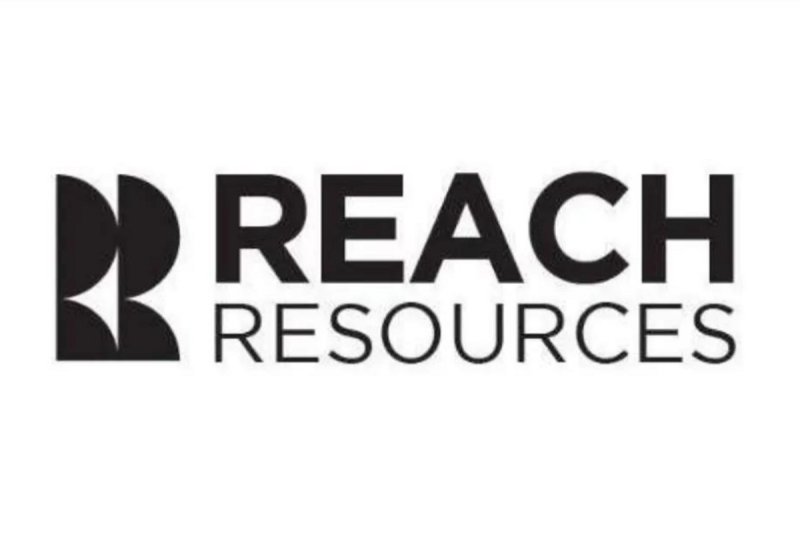Rights Issue and Shortfall: Understanding the Basics
Rights issue and shortfall are terms commonly used in the world of finance and investment. Understanding how these concepts work is crucial for investors and companies alike. In this article, we will delve into the basics of rights issue and shortfall and discuss their implications.
What is a Rights Issue?
A rights issue is a way for a company to raise capital by offering existing shareholders the right to buy additional shares at a discounted price. This is done in proportion to their current shareholding, giving shareholders the opportunity to maintain their ownership stake in the company.
Companies opt for a rights issue when they need to raise funds for various reasons, such as financing expansion, reducing debt, or funding new projects. By offering existing shareholders the first opportunity to buy new shares, companies can avoid diluting the ownership of existing shareholders.
How Does a Rights Issue Work?
When a company announces a rights issue, it specifies the number of new shares that existing shareholders are entitled to purchase and the price at which they can buy them. Shareholders have the option to either exercise their rights by purchasing the additional shares or sell their rights on the open market.
Rights issues are typically offered at a discounted price to the current market price to incentivize shareholders to participate. This allows shareholders to acquire new shares at a lower cost than if they were to buy them at market price.
Understanding Shortfall in Rights Issue
In a rights issue, a shortfall occurs when not all existing shareholders exercise their rights to purchase additional shares. This can happen for various reasons, such as shareholders choosing not to participate, not having sufficient funds to buy the new shares, or simply deciding to sell their rights instead.
When a shortfall occurs, the company needs to manage the situation to ensure that all new shares are successfully issued. In some cases, underwriters or standby purchasers may step in to purchase the remaining shares, ensuring that the company raises the intended capital.
Implications of Rights Issue and Shortfall
For companies, a rights issue can be an effective way to raise capital without incurring high fees associated with other forms of fundraising. By offering shares to existing shareholders first, companies can maintain investor confidence and avoid diluting ownership.
However, a shortfall in a rights issue can lead to challenges for the company, as it may need to find alternative ways to ensure all new shares are subscribed for. This can put additional pressure on the company and may impact its financial standing.
In conclusion, rights issues and shortfalls are important concepts in the world of finance and investment. By understanding how these mechanisms work and their implications, investors and companies can make informed decisions when it comes to capital raising and shareholder rights.

